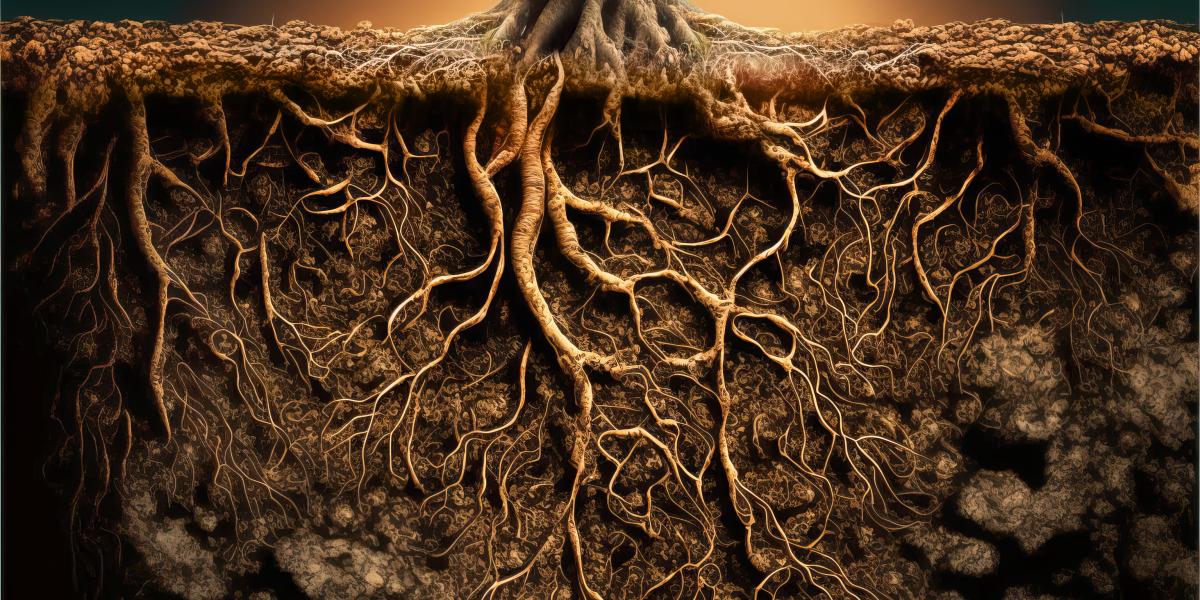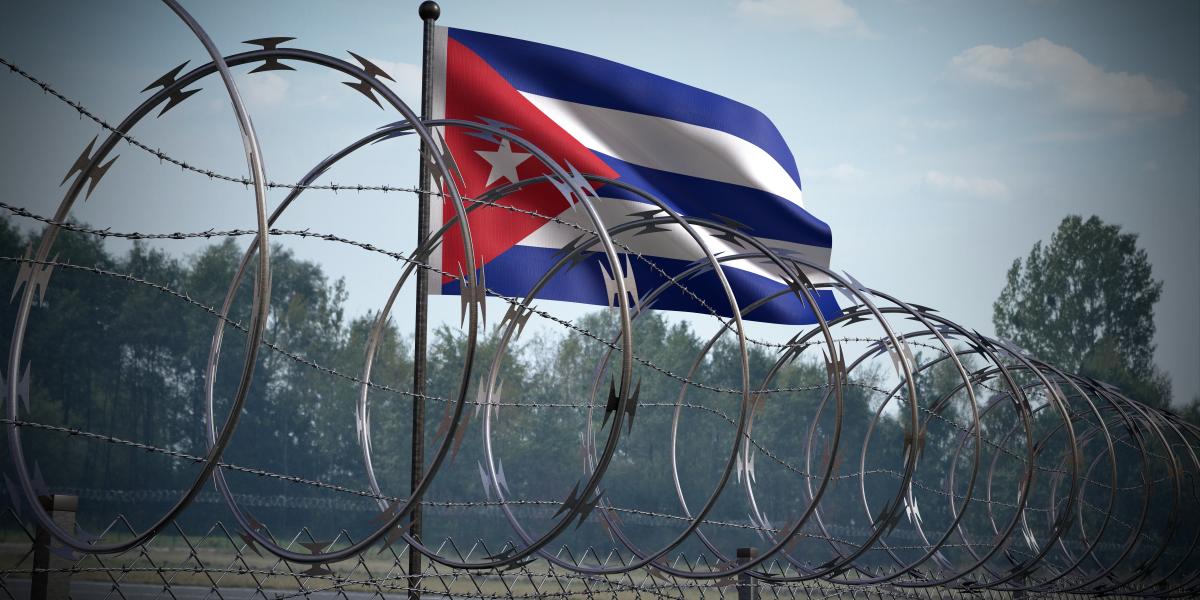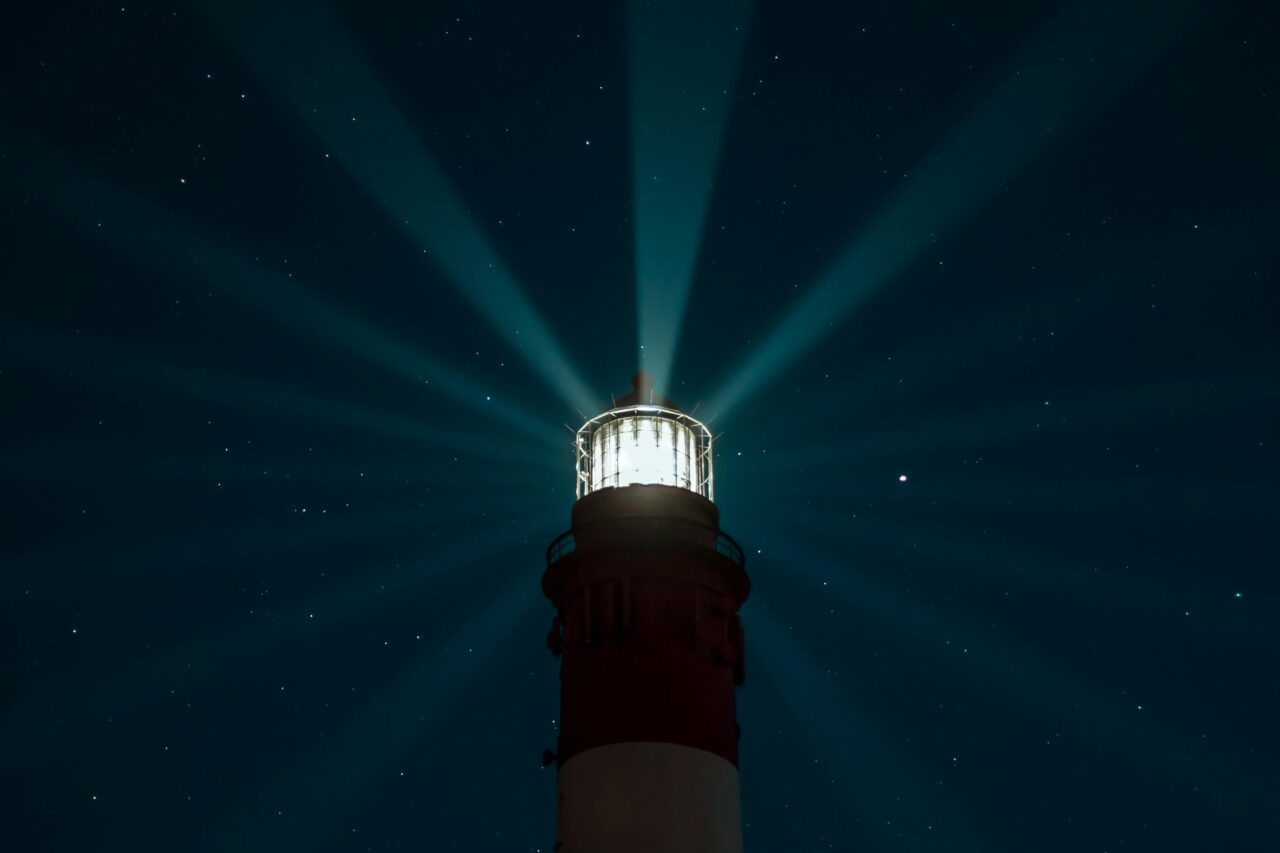A battering winter storm knocked out power to 1.7 million homes and businesses across the United States on Saturday, left millions more to worry about the prospect of further outages and crippled police, fire departments and an airport in snow-blown New York state.
Across the country, officials have attributed at least a dozen deaths to exposure, icy car crashes and other effects of the storm, including two people who died in their homes outside Buffalo, New York, when emergency crews couldn’t reach them amid historic blizzard conditions.
New York Gov. Kathy Hochul said Saturday that the the Buffalo Niagara International Airport will be closed through Monday morning, some roads would be closed through Christmas day and almost every fire truck in Buffalo was stranded in the snow.
“No matter how many emergency vehicles we have, they cannot get through the conditions as we speak,” Hochul said.
Blinding blizzards, freezing rain and frigid cold also knocked out power from Maine to Seattle, while a major electricity grid operator warned the 65 million people it serves across the eastern U.S. that rolling blackouts might be required.
Pennsylvania-based PJM Interconnection said power plants are having difficulty operating in the frigid weather and has asked residents in 13 states to refrain from unnecessary use of electricity. The Tennessee Valley Authority, which provides electricity to 10 million people in Tennessee and parts of six surrounding states, directed local power companies on Saturday to implement planned interruptions to “ensure power system reliability.”
Chris Muenks said he and his cats woke up to a cold house in Greeneville, Tennessee on Saturday morning. The power came back on, he said, only to go out again at midmorning in a planned rolling blackout.
“I’m disappointed in my power grid. It feels like a kick in the gut,” Muenks said. “I understand storms and I understand wind, but I don’t understand ‘don’t have enough power.’”
Across the six New England states, almost 400,000 electric customers remained without power on Saturday morning, with some utilities warning it could be days before power is restored. In North Carolina, nearly 370,000 customers were without power, according to poweroutage.us. PJM Interconnection — which covers all or parts of Delaware, Illinois, Indiana, Kentucky, Maryland, Michigan, New Jersey, North Carolina, Ohio, Pennsylvania, Tennessee, Virginia, West Virginia and Washington, D.C. — also warned rolling blackouts might be required.
In the Buffalo suburb of Cheektowaga, two people died in their homes on Friday when emergency crews could not reach them in time to treat their medical emergencies, according to Erie County Executive Mark Poloncarz.
“This may turn out to be the worst storm in our community’s history,” Poloncarz said Saturday morning. “There are still likely hundreds of people stuck in vehicles.”
Poloncarz said there is no emergency service available in Buffalo and several populous communities surrounding it because so many emergency vehicles are snowbound. He said a doctor had to talk a woman and her pregnant sister through the delivery of the sister’s baby.
“That is not to say attempts aren’t being made, but there is no guarantee that in a life-threatening emergency situation that they’re going to be able to respond immediately,” Poloncarz said.
Hochul late Friday announced plans to deploy 54 members of the National Guard to the area.
On the Ohio Turnpike, four died in a massive pileup involving some 50 vehicles A Kansas City, Missouri, driver was killed Thursday after skidding into a creek, and three others died Wednesday in separate crashes on icy northern Kansas roads.
A woman in Vermont died in a hospital Friday after a tree broke in the high winds and fell on her. Police in Colorado Springs said they found the dead body of a person who appeared to be homeless as subzero temperatures and snow descended upon the region.
Adding to the woes were power outages that by early Saturday were still affecting more than 1.7 million homes and businesses, according to the website PowerOutage, which tracks utility reports.
The storm was nearly unprecedented in its scope, stretching from the Great Lakes near Canada to the Rio Grande along the border with Mexico. About 60% of the U.S. population faced some sort of winter weather advisory or warning, and temperatures plummeted drastically below normal from east of the Rocky Mountains to the Appalachians, the National Weather Service said.
Freezing rain coated much of the Pacific Northwest in a layer of ice, while people in the Northeast faced the threat of coastal and inland flooding.
The frigid temperatures and gusty winds were expected to produce “dangerously cold wind chills across much of the central and eastern U.S. this holiday weekend,” the weather service said, adding that the conditions “will create a potentially life-threatening hazard for travelers that become stranded.”
As millions of Americans were traveling ahead of Christmas, more than 5,700 flights within, into or out of the U.S. were canceled Friday, according to the tracking site FlightAware. While in Mexico, migrants camped near the U.S. border in unusually cold temperatures as they awaited a U.S. Supreme Court decision on pandemic-era restrictions that prevent many from seeking asylum.
Forecasters said a bomb cyclone — when atmospheric pressure drops very quickly in a strong storm — had developed near the Great Lakes, stirring up blizzard conditions, including heavy winds and snow.
Even people in Florida were braced for unusually chilly weather as rare freeze warnings were issued for large parts of the state over the holiday weekend.
___
Bleiberg reported from Dallas. Associated Press journalist Marc Levy in Harrisburg, Pennsylvania; Corey Williams in Southfield, Michigan; John Raby in Charleston, West Virginia; Maysoon Khan in Albany, New York; and Hannah Schoenbaum in Raleigh, North Carolina contributed to this report.








































